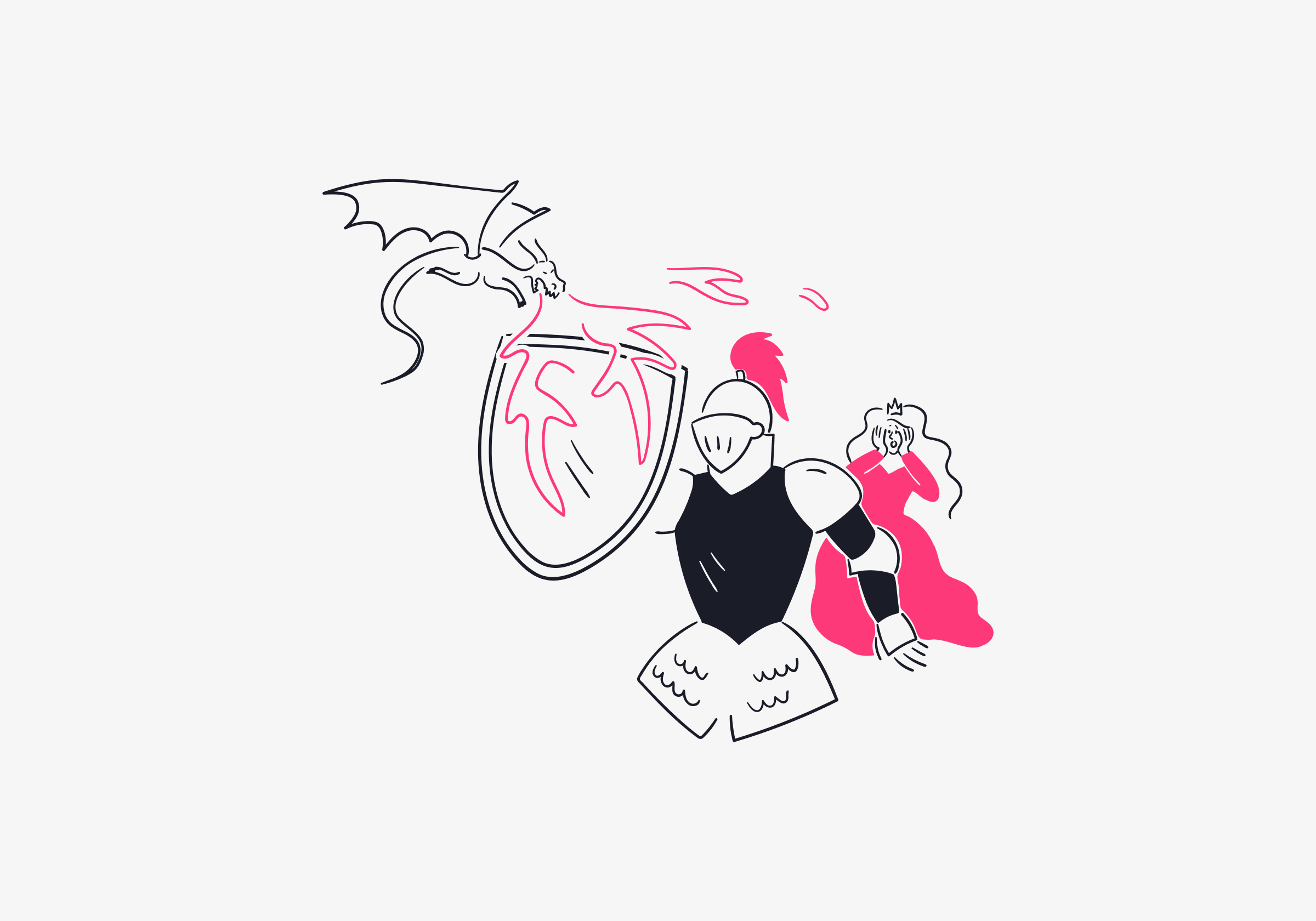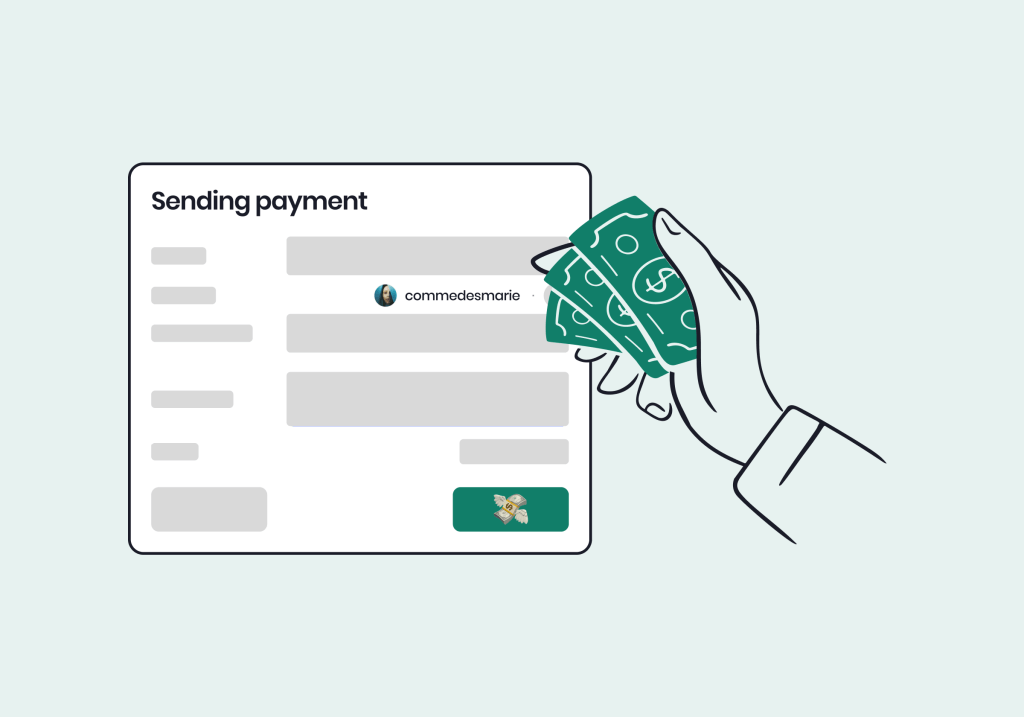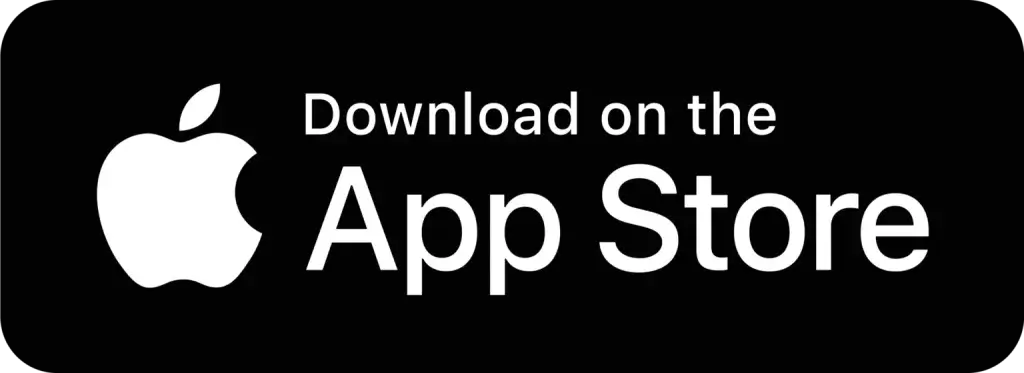Unilever’s rally cry to increase transparency and integrity in Influencer Marketing has escalated the conversation around influencer fraud and brand safety this week. At indaHash we welcome the discussion around brand safety because we continually strive to maintain the highest level of quality and safety for our clients.
We believe that everyone has the right to feel confident, safe and informed when working with influencers. So, whether you run your influencer marketing programme directly or outsource to an agency, network or partner company make sure you are aware and set up to monitor the signals of inauthentic and fraudulent behaviour.
1. Low engagement rate vs follower base
If an influencer’s visible engagements such as likes, comments and shares appear to be low vs the number of people following them then this can be a sign that a portion of their audience may not be authentic. Typical engagement rates vary by audience size, but you can use these numbers as a guide to help calculate healthy engagement rates: 10-20k averages 5%, 20-50k averages 4% and 50 – 500k averages 3%.
Average engagement rate and average engagement vs category are just 2 of the key measures alongside content quality, content frequency and number of followers that our automated verification system is built to check before influencers are accepted onto our platform.
We only accept 10% of influencers that apply and the most common reason for rejection is due to low engagement rates. This isn’t just because low engagement is one of the strongest indicators of fraudulent behaviour, but because we want our influencers to have a strong connection with their audience in order for a brand to become a part of that trusted relationship.
2. Find clues in comments and hashtags
Comments that are vague, encourage users to follow accounts or seem irrelevant to the content or the influencer can be signals from unauthentic followers. Hashtags by influencers or in comments sections that promote #like4likes #like4comment can also signal bot behaviour as can bio’s with little effort or detail and accounts following more than they are followed.
When it comes to minimising the risks within content production and distribution work with influencers or suppliers who will follow a pre-approval process. Through our dashboard clients can approve, suggest edits and reject content. Sign off should not just be on the image or video but also the caption and the hashtags used.
3. Watch out for unnatural spikes in followers
As most influencers know building an engaged following is a marathon not a sprint. Growth comes from great content, collaboration, consistency and commitment. Abnormal increases in an influencers following within a short space of time can be a sign of purchased followers.
Our system performs daily automatic checks on the growth of audiences and activity, if the indicators are identified as not organic the influencers are blocked from the application and they will not be able to take part in any campaigns.
4. Use human moderation
Perhaps ironically, one of the biggest weapons in battling bots is people. Campaign managers should ensure they know the influencers they are working with and have a good awareness of an influencers style, behaviour and average engagement so they are able to spot anything unusual.
At indaHash we have a second step to our registration process so that final approval of all profiles sits within our expert team of human moderators. We also have a team dedicated to looking after and managing our influencer relationships – not only to help prevent fraud but because our influencers are the most important part of our offering.
5. Study campaign performance post by post
Ensure you have the ability to dig into the detail on your campaign reports and don’t just accept an aggregated view of the campaigns performance. Make sure you have access to results on the individual posts as that is where anomalies will be at their most obvious.
Also consider your frequency of reporting – weekly reporting might not be regular enough to be able to spot fraudulent behaviour. Clients can log into our dashboard and see live campaign data at any time.
6. Don’t just select influencers by their reach
If number of followers is the determining metric for influencers to unlock brand campaigns it can over-emphasise the value placed on upon it by influencers. If the industry begins to value engagement over reach then influencers can focus on their content, organic growth and engagement rather than their follower numbers. We offer clients the opportunity to also buy on Cost Per Engagement, Cost Per Content and Cost Per View, not just reach.
When selecting influencers you should also consider their audience make up and ensure it matches your target audience. If you are working with an influencer directly you will need 3rdparty audience analysis tools to be able to see this information. We have this technology built into our platform which can provide us with audience information and a credibility score for each influencer.
7. Set your terms and conditions up front
Like Unilever has, set out your stall before working with influencers. Be clear on your terms and conditions and your expectations of their actions regarding fraudulent behaviour.
When signing up to our app influencers accept the terms and conditions of the platform which explicitly calls out not utilising follower buying services.
